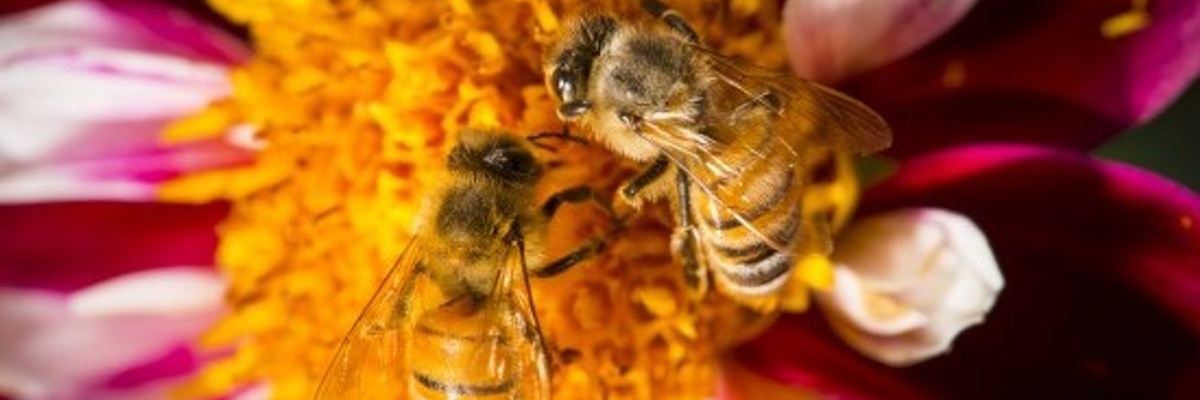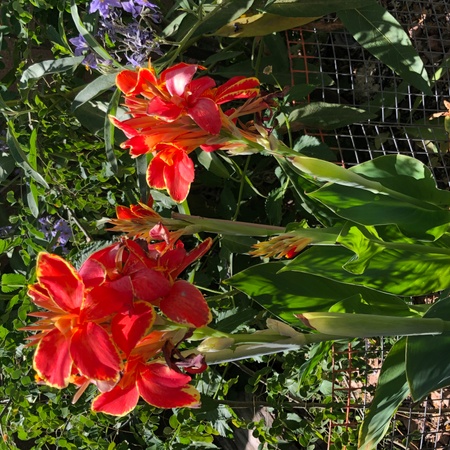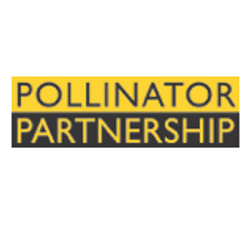

Invite pollinators to your neighborhood by planting a pollinator friendly habitat in your garden, farm, school, park or just about anywhere!
The Idea
Pollinator Partnership helps people protect pollinators to ensure healthy ecosystems and food security. The Pollinator Partnership’s mission is to promote the health of pollinators, critical to food and ecosystems, through conservation, education, and research. Their signature initiatives include the NAPPC (North American Pollinator Protection Campaign), National Pollinator Week, and the Ecoregional Planting Guides, which this page will help you to get started with in your community.
The ecoregional planting guides, Selecting Plants for Pollinators, are tailored to specific areas of the United States and Canada. You can find out which ecoregion you live in simply by entering your zip code / postal code at http://pollinator.org/guides and get your free guide tailored to the pollinators in your region. You can find lists of plant names that will attract pollinators and help you build a beautiful pollinator habitat! Print these lists and bring them to your local native plant, garden center or nursery and then get a group together and get planting!
Invite pollinators to your neighborhood by planting a pollinator friendly habitat in your garden, farm, school, park or just about anywhere!
The Idea
Pollinator Partnership helps people protect pollinators to ensure healthy ecosystems and food security. The Pollinator Partnership’s mission is to promote the health of pollinators, critical to food and ecosystems, through conservation, education, and research. Their signature initiatives include the NAPPC (North American Pollinator Protection Campaign), National Pollinator Week, and the Ecoregional Planting Guides, which this page will help you to get started with in your community.
The ecoregional planting guides, Selecting Plants for Pollinators, are tailored to specific areas of the United States and Canada. You can find out which ecoregion you live in simply by entering your zip code / postal code at http://pollinator.org/guides and get your free guide tailored to the pollinators in your region. You can find lists of plant names that will attract pollinators and help you build a beautiful pollinator habitat! Print these lists and bring them to your local native plant, garden center or nursery and then get a group together and get planting!
Stages of ladybug. Adults are the cute beetles we are accustomed to seeing. The eggs are bright yellow. The larva look a bit like tiny crocodiles and the larva look like wrinkled ladybugs that are stuck in place (they do wriggle at times).



Canna Lilies
Seeds were given away at the Free Plant Event May 8th. To learn more about them: https://www.almanac.com/plant/cannas?trk_msg=NUGK50VKHIJK54FH0P38LOL16S&trk_contact=RGIKRVNGPCSAL2593NFKFFV5M0&trk_sid=TJ1KTK9N5T04REMAFP9BKCPNJC&utm_source=Listrak&utm_medium=Email&utm_term=Cannas+(read+more)&utm_campaign=Companion+Daily





The Butterfly/La Mariposa | A World of Stories
This Mexican folktale that explains why butterflies do not live in houses and why they migrate. Story told in Spanish and English.
https://az.pbslearningmedia.org/resource/ket-storytelling-121/the-butterflyla-mariposa-a-world-of-stories/?utm_campaign=ASU_ALUMNI_athome_weekly_59_leadsdonors_174099&utm_medium=email&utm_source=Arizona%20PBS_SFMCA&utm_term=ASU&utm_content=mexican-folktale-engage&ecd44=514008377_26594950

Ways to Save the Bees:
* Grow bee-friendly plants
* Go Chemical-Free for Bees
- Use natural fertilizers and herbicides
- Use ladybug or praying mantis for pest control
* Provide Trees for Bees - Today (4/30) is Arbor Day, so a perfect day to plant a tree.
* Make a Bee Bath - use a shallow dish with clean water and pebbles for the bees to sit on while they drink.
* Put up a Bee Home
* Support Local Beekeepers by buying their honey and keeping your yard bee-friendly

